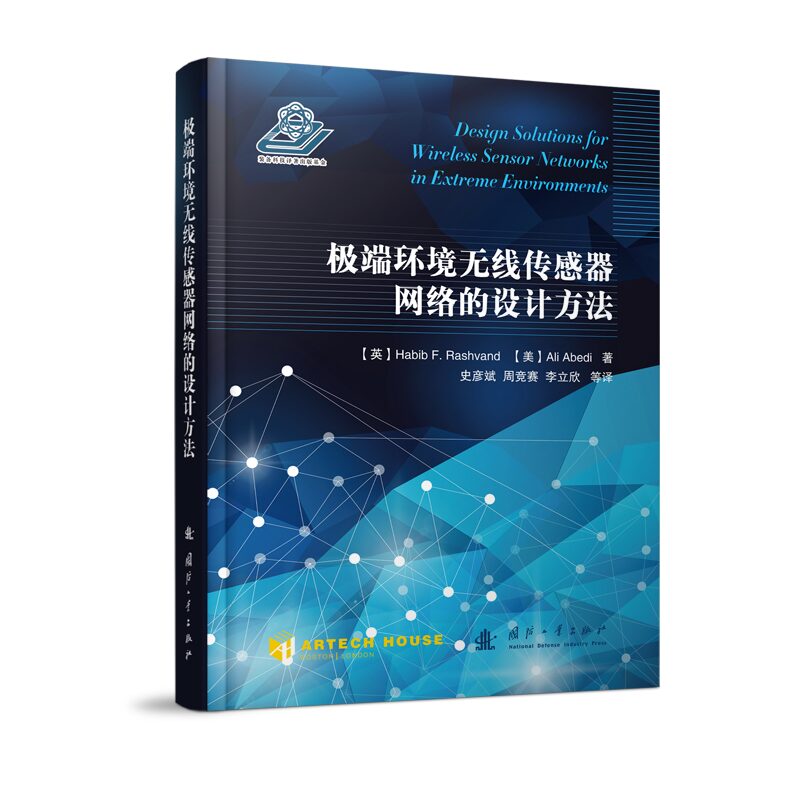
The romantic imagination and courage to explore unknown fields are important sources driving human progress. People perceive and understand the colorful world through vision, smell, hearing, touch, and taste. With the advancement of sensor technology, traditional human perception methods have been greatly expanded, achieving a qualitative to quantitative deepening of information perception regarding temperature, pressure, vibration, radiation, and more. The development from sensor units to sensor networks, and then to wireless sensor networks, has expanded the scope of perception from familiar environments to extreme environments.
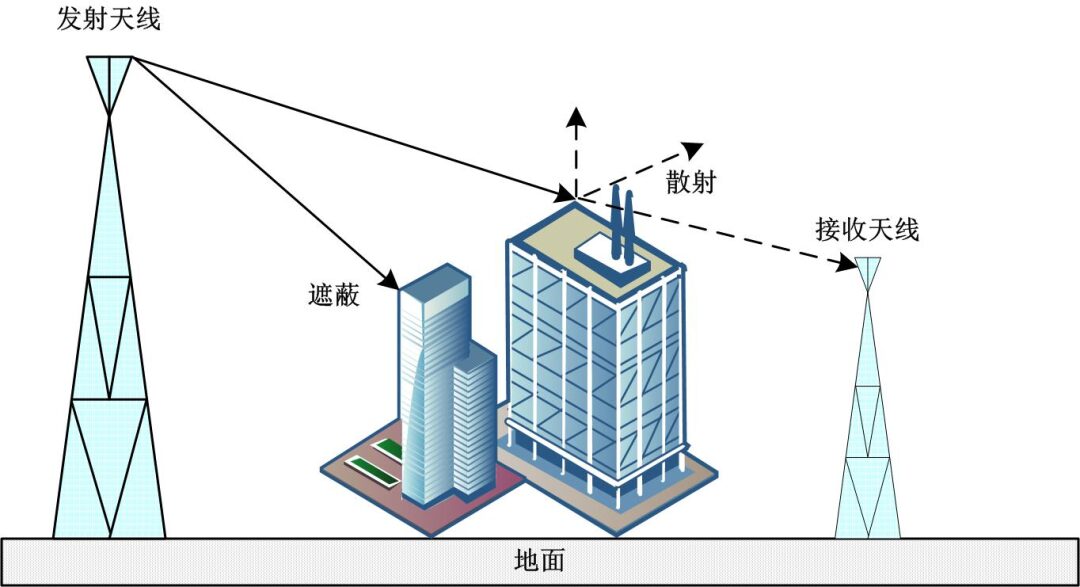
Figure 3-8 Scattering and Shielding Effects
The concept of extreme environments was introduced by NASA’s space exploration program in the United States. In order to drive the scientific and technological and economic development of the United States, NASA has formulated a series of challenging space exploration programs with scientific goals. One of the biggest challenges encountered in completing space exploration tasks is understanding the extreme environments encountered and their effects on spacecraft, as well as researching appropriate protection technologies. Typical extreme environments include: heat flow exceeding 1 kW/cm2 upon atmospheric entry, speeds exceeding 20 km/s, low temperatures below -55°C, high temperatures above +125°C, pressures exceeding 2×106 Pa, accelerations exceeding 100 g, total radiation doses exceeding 300 krad, and environments with dust and acidic chemical corrosion.
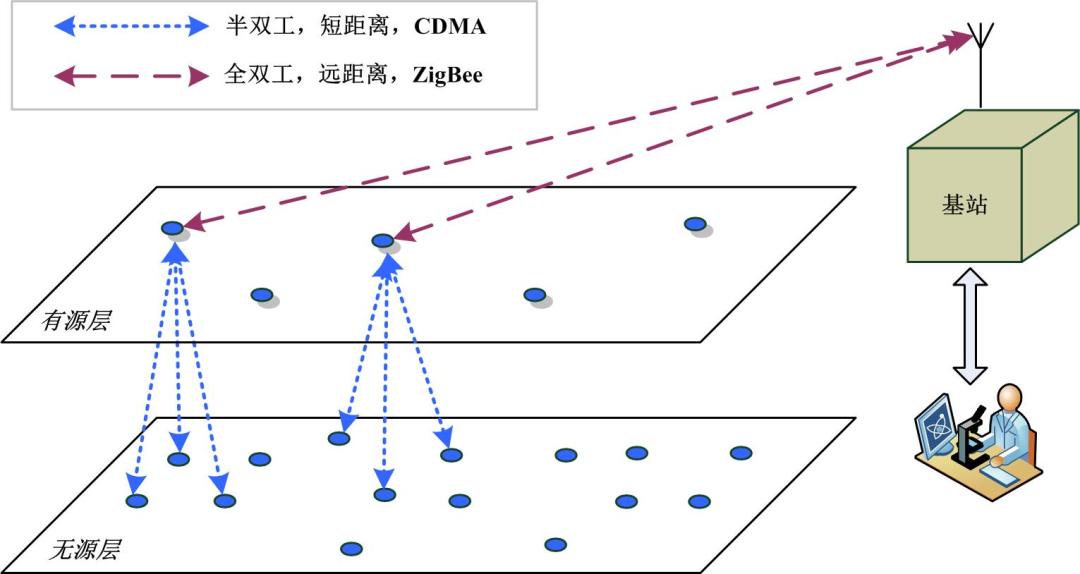
Figure 4-6 Hybrid Wireless Sensor Networks with Active and Passive Sensors
With the advancement and continuous improvement of micro-electromechanical system technology, wireless communication technology, and digital electronics technology, wireless sensor networks with sensing, computing, and communication capabilities integrate sensor technology, embedded computing technology, distributed information processing technology, and communication technology. They can collaborate to monitor, perceive, and collect information about various environments or monitoring objects within the network distribution area in real time, process this information, and transmit it to users who need it, providing favorable conditions for establishing low-energy, low-cost wireless sensor networks. This provides infrastructure conditions for safety maintenance management and monitoring, human health care, environmental monitoring, battlefield reconnaissance, food safety monitoring and traceability, and smart energy.

Figure 7-12 Core Structure of Dynamic Network Management
The book “Design Methods for Wireless Sensor Networks in Extreme Environments” is an introduced copyrighted book that focuses on the application issues of wireless sensor networks under extreme environmental conditions. It closely combines specific extreme application environments to address the software and hardware issues encountered in practical application deployments, conducting in-depth research on the technical design and deployment plans of wireless sensor networks in extreme application environments such as underwater, underground, space, and the oil and gas industry, systematically constructing intelligent networks on the seabed and application frameworks in underwater unmanned detectors. Specific case solutions for radiation resistance of wireless sensor networks in space environments and waterproofing of underwater networks are proposed, with multiple network deployment plans presented, showcasing numerous application cases and technical implementations based on intelligent sensors in small ultra-wideband wireless sensor networks.
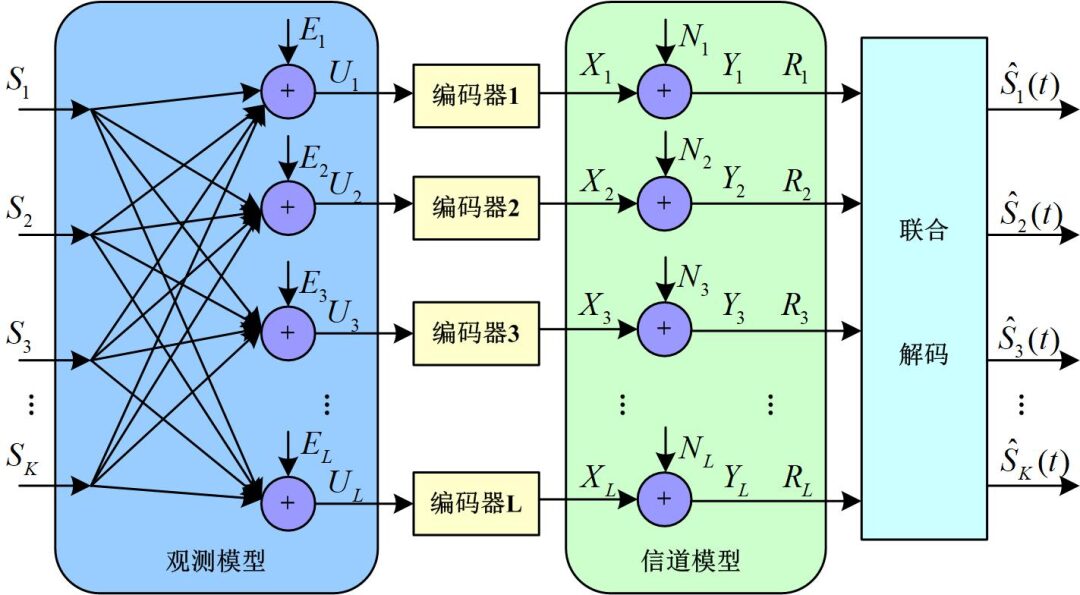
Figure 8-3 Multi-Terminal Source Coding of Direct and Indirect Observational Sensors
Translator’s Preface
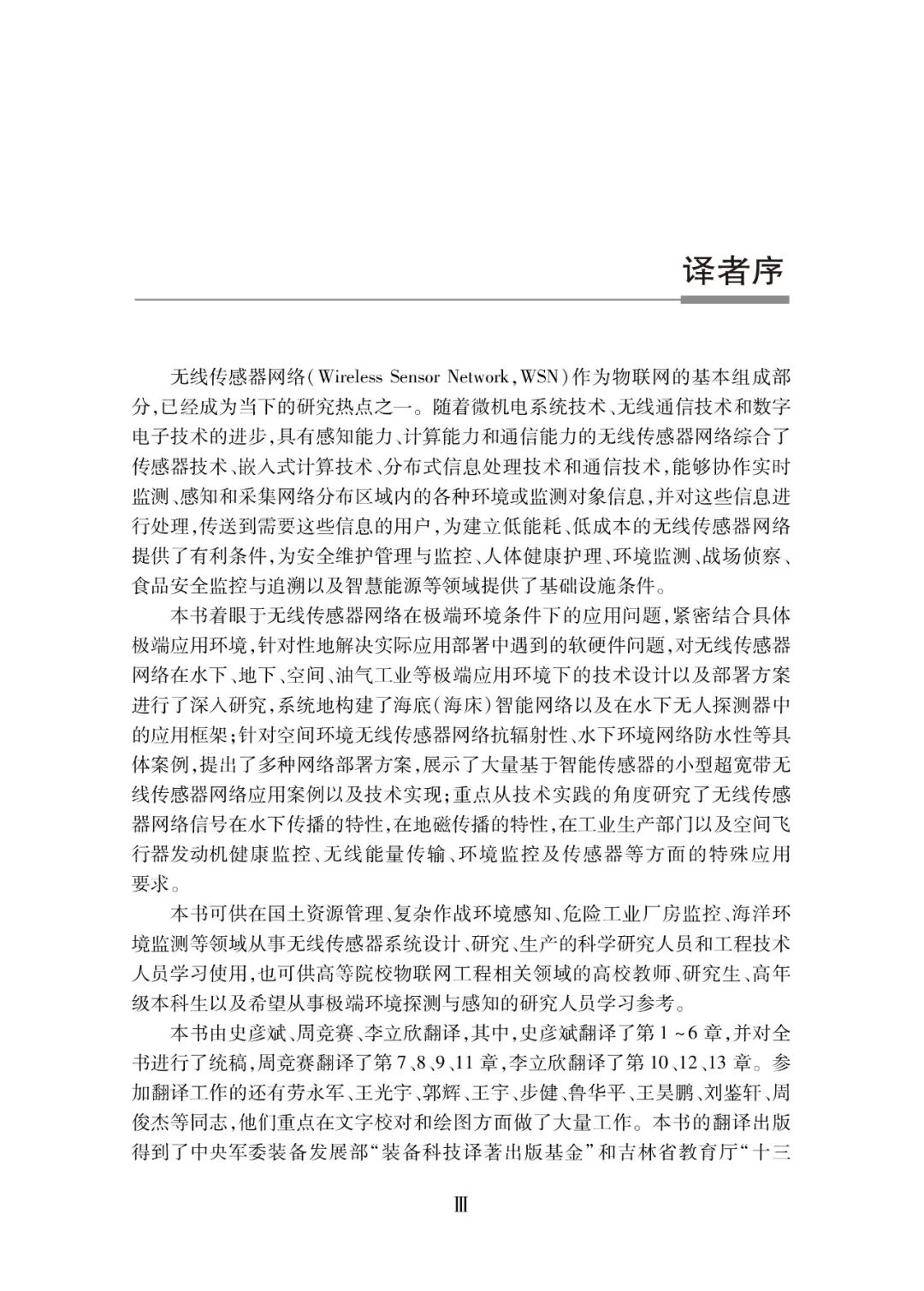

Swipe left or right to see more
Table of Contents




Swipe left or right to see more
Editor’s Recommendation
This book studies the characteristics of wireless sensor network signals propagating underwater, geomagnetic propagation characteristics, special application requirements in industrial production sectors, as well as in spacecraft engine health monitoring, wireless energy transmission, environmental monitoring, and sensors under extreme environments, making it of significant reference value for the application of wireless sensor networks in extreme environments.
Original Authors’ Introduction
Habib F. Rashvand, Editor-in-Chief of the IET Journals, UK, with research interests including technological innovation, engineering management, wireless sensor systems, and distributed systems. He was awarded the title of Professor of “Networks, Systems, and Protocols” by the German Ministry of Education in 2001, and has worked at Racal, Vodafone, Nokia, Cable & Wireless, as well as at universities including Tehran University, University of Zambia, Coventry University, Magdeburg University, and Warwick University. He has served as an advisor at numerous international and domestic conferences, sharing innovative ideas. He has participated in the formulation and writing of multiple industry standards, patents, and scientific reports, and has published academic papers, with representative works including “Distributed Sensor Systems”, “Cross-Layer Communication”, and “Ad-Hoc Networks”.
Ali Abedi, has been a professor of electrical and computer engineering at the University of Maine since 2005, and is a cooperative professor of computer and information science and assistant vice president for research. He was a part-time professor at Queen’s University in Kingston, Ontario (2004), a visiting associate professor at the University of Maryland, College Park (2012), a guest researcher at NIST (2012), and a NASA Fellow (2016). He has served as the principal investigator for several projects funded by NASA, the National Science Foundation, and the National Institutes of Health, including wireless sensing for lunar habitats and leak detection for the International Space Station. Dr. Abedi has received numerous awards and recognitions from NSERC, JSPS, CSA, NASA, and IEEE.
Translator Introduction
Shi Yanbin, PhD, associate researcher at the Air Force Aviation University, has long been engaged in research on avionic systems, completing more than ten projects funded by the National Social Science Foundation and military research projects. He has received several awards including the Third Prize for Scientific and Technological Progress from the military and the Third Prize for Scientific and Technological Progress from Jilin Province. In the past five years, he has published over 30 core and above papers and translated several works including “Introduction to Avionic Systems” and “Multi-Modal Availability”.
Zhou Jingsai, senior engineer and deputy secretary-general of the Chinese Society of Aeronautics and Astronautics. He graduated from Beihang University with a master’s degree and has led and completed over 100 projects funded by the China Association for Science and Technology and other provincial and ministerial projects, publishing over 20 papers and participating in the compilation of more than 10 works and textbooks, including three translations.
Li Lixin, PhD, professor at Northwestern Polytechnical University. His research focuses on integrated communication systems for air and space, 5G, 6G wireless communication, collective intelligence, and adversarial game theory. He has published over 150 papers in top domestic and international journals/conferences, authored and translated five monographs and textbooks, and holds over 20 patents. He has received the First Prize for Teaching Achievements in Higher Education in Shaanxi Province and the First Prize for Excellent Textbooks in Shaanxi Province.

Written by: Tian Xiuyan
Supervised by: Cheng Bangren